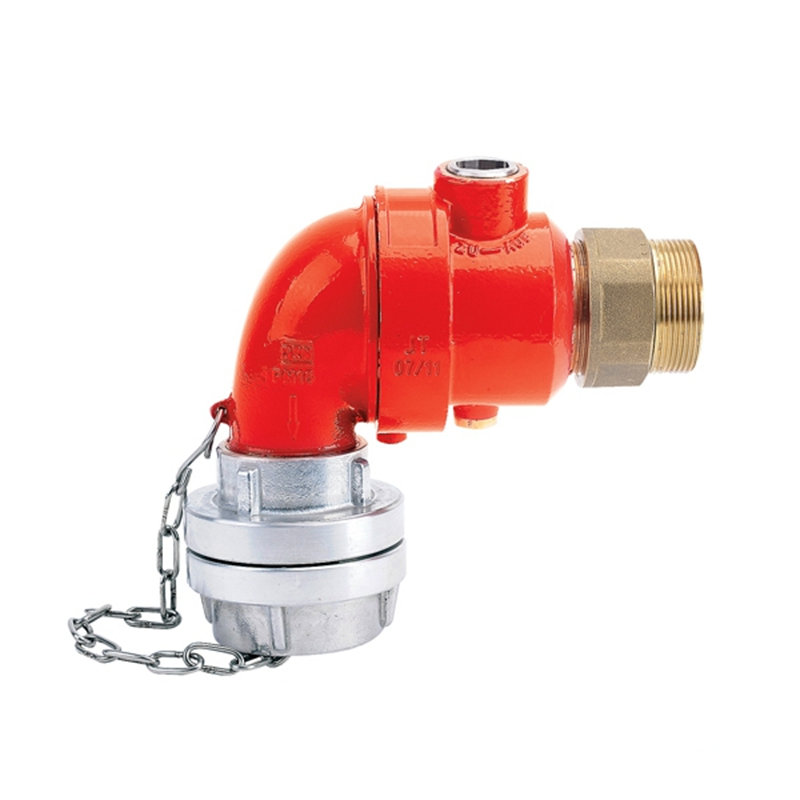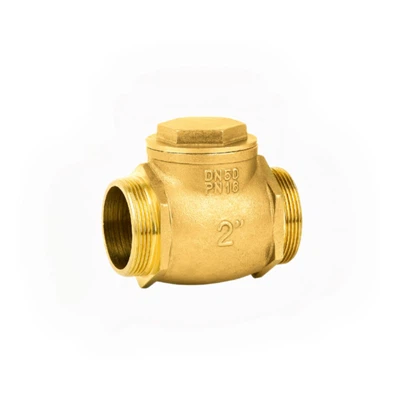As a supplier of fire dividers, I understand the critical importance of ensuring that the products we offer are of the highest quality. Fire dividers play a crucial role in fire - fighting systems, helping to distribute water or other fire - suppressing agents effectively. But how can one determine if a fire divider is of good quality? In this blog post, I'll share some key factors that can help you make that assessment.
Material Quality
The first and perhaps most fundamental aspect to consider is the material used in the construction of the fire divider. High - quality fire dividers are typically made from durable and corrosion - resistant materials. Metals such as brass, stainless steel, or high - grade aluminum are commonly used.
Brass is a popular choice due to its excellent strength and corrosion resistance. It can withstand the rigors of regular use and exposure to water and other chemicals without deteriorating quickly. Stainless steel, on the other hand, offers even greater corrosion resistance, making it ideal for environments where the fire divider may be exposed to harsh conditions. High - grade aluminum is lightweight yet strong, which can be an advantage in situations where ease of handling is important.
When evaluating a fire divider, check the thickness of the material. A thicker wall generally indicates greater strength and durability. For example, a fire divider with a thin - walled body may be more prone to damage from impacts or pressure changes. Also, look for signs of poor material quality such as rust, pitting, or rough surfaces. These can be indicators of substandard materials or improper manufacturing processes.
Manufacturing Precision
Precision in manufacturing is another key factor in determining the quality of a fire divider. The internal channels and ports of the fire divider should be accurately machined to ensure smooth and efficient flow of the fire - suppressing agent. Any irregularities in the channels can cause turbulence, which may reduce the effectiveness of the fire - fighting system.


The connections of the fire divider, such as the threaded ends or quick - connect couplings, should be precisely made. A well - made connection ensures a tight seal, preventing leaks. Leaks can not only waste valuable fire - suppressing agents but also reduce the pressure available at the fire - fighting nozzles.
Inspect the valves of the fire divider, if it is equipped with them. Valves should open and close smoothly and provide a reliable shut - off. A valve that sticks or does not fully close can be a serious safety hazard. For example, our 3 Ways Divider with Shut - off Valve is designed with high - precision valves to ensure optimal performance.
Pressure Resistance
Fire dividers need to be able to withstand high pressures. The pressure rating of a fire divider indicates the maximum pressure it can safely handle. A good - quality fire divider should have a pressure rating that is appropriate for the intended application.
When choosing a fire divider, consider the pressure requirements of your fire - fighting system. If the fire divider is used in a system with high - pressure pumps, it must have a high enough pressure rating to avoid failure. Look for manufacturers who provide clear pressure rating information and who test their products to ensure they meet or exceed industry standards.
You can ask the supplier for test reports or certifications related to pressure resistance. Reputable suppliers will be able to provide documentation that verifies the performance of their fire dividers under different pressure conditions.
Flow Capacity
The flow capacity of a fire divider is also an important consideration. It refers to the amount of fire - suppressing agent that can pass through the fire divider per unit of time. A fire divider with a high flow capacity is essential for large - scale fire - fighting operations where a significant amount of water or other agents need to be distributed quickly.
The size and design of the internal channels of the fire divider determine its flow capacity. A well - designed fire divider will have channels that are optimized for maximum flow with minimal resistance. You can calculate the flow capacity based on the diameter of the channels and the pressure available in the system.
For example, our 2 Way Y Fire Water Divider is engineered to provide a high flow capacity while maintaining a balanced distribution of water to the connected hoses or nozzles.
Compatibility
A good - quality fire divider should be compatible with other components of the fire - fighting system. This includes hoses, nozzles, pumps, and other accessories. Compatibility ensures that the fire - fighting system can function as a cohesive unit.
Check the connection types of the fire divider. It should be able to connect easily to the hoses and other equipment in your system. For example, if your system uses a specific type of quick - connect coupling, the fire divider should be compatible with it.
In addition, consider the chemical compatibility of the fire divider with the fire - suppressing agent. Some agents may be corrosive or reactive with certain materials. Make sure that the fire divider is made from materials that are compatible with the agent you plan to use.
Certification and Standards
Certification is a strong indicator of the quality of a fire divider. Reputable fire divider manufacturers will have their products tested and certified by recognized third - party organizations. These certifications ensure that the fire divider meets specific safety and performance standards.
For example, certifications from organizations such as UL (Underwriters Laboratories) or FM (Factory Mutual) are widely recognized in the industry. These certifications indicate that the fire divider has been tested for various parameters such as pressure resistance, flow capacity, and material quality.
When evaluating a fire divider, ask the supplier for copies of the relevant certifications. A supplier who is confident in the quality of their product will have no problem providing this information.
Ease of Maintenance
A good - quality fire divider should be easy to maintain. This includes tasks such as cleaning, inspecting, and replacing parts. Fire dividers with simple designs and accessible components are generally easier to maintain.
For example, a fire divider with removable valves or covers allows for easy inspection and cleaning of the internal channels. If parts need to be replaced, they should be readily available and easy to install. Our Valve For Dry Riser is designed with ease of maintenance in mind, with components that can be easily accessed and replaced.
Supplier Reputation
Finally, the reputation of the supplier is an important factor. A supplier with a good reputation is more likely to provide high - quality products and excellent customer service. Look for suppliers who have been in the industry for a long time and have a track record of satisfied customers.
You can check online reviews and testimonials from other customers. A supplier who is responsive to customer inquiries and provides reliable after - sales support is also a good sign.
In conclusion, determining the quality of a fire divider involves considering multiple factors such as material quality, manufacturing precision, pressure resistance, flow capacity, compatibility, certification, ease of maintenance, and supplier reputation. By carefully evaluating these aspects, you can ensure that you choose a fire divider that will perform reliably in a fire - fighting situation.
If you are interested in purchasing high - quality fire dividers, we invite you to contact us for further discussion. We are committed to providing the best products and solutions for your fire - fighting needs.
References
- Fire Protection Handbook, National Fire Protection Association
- Standards for Fire - Fighting Equipment, International Organization for Standardization





